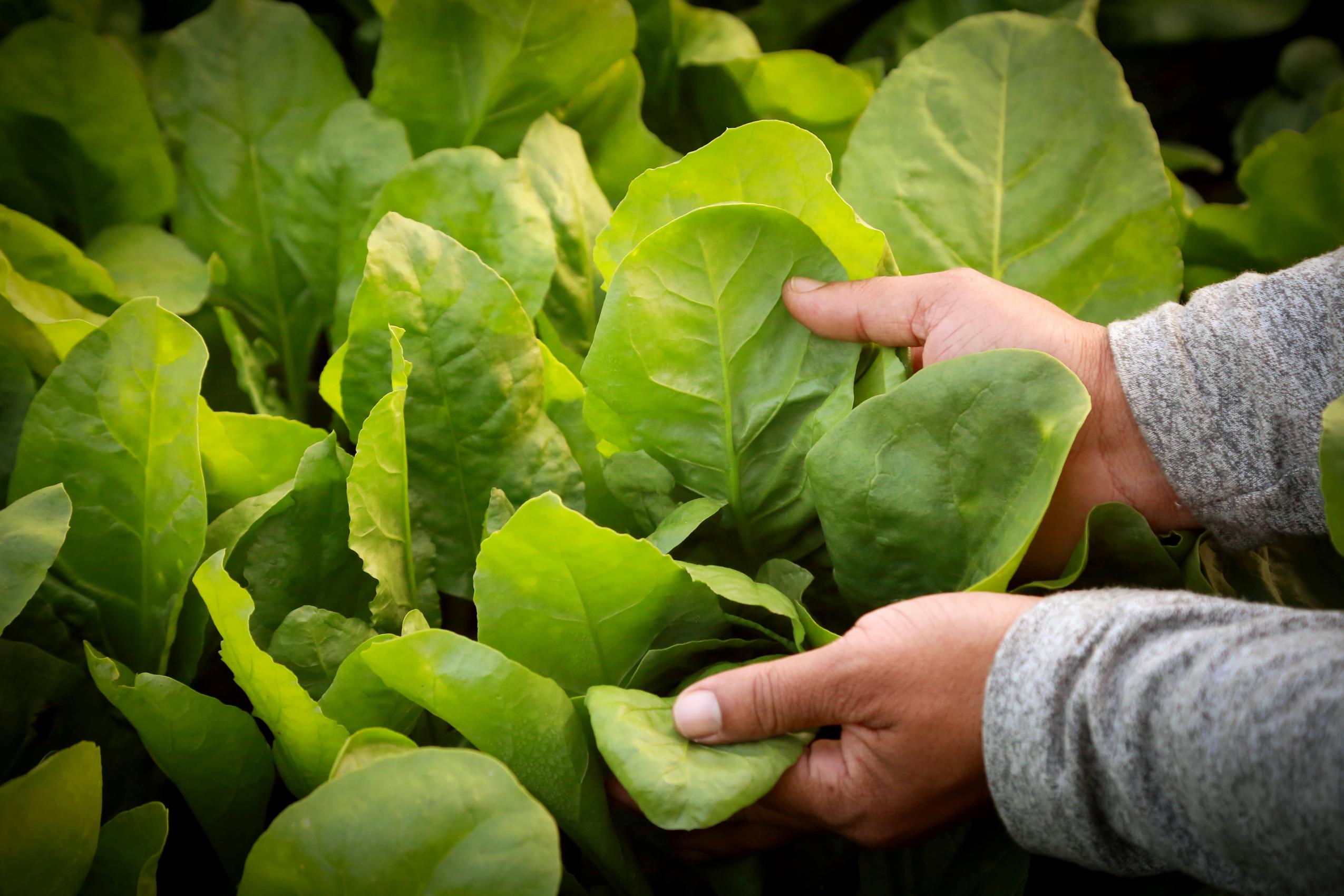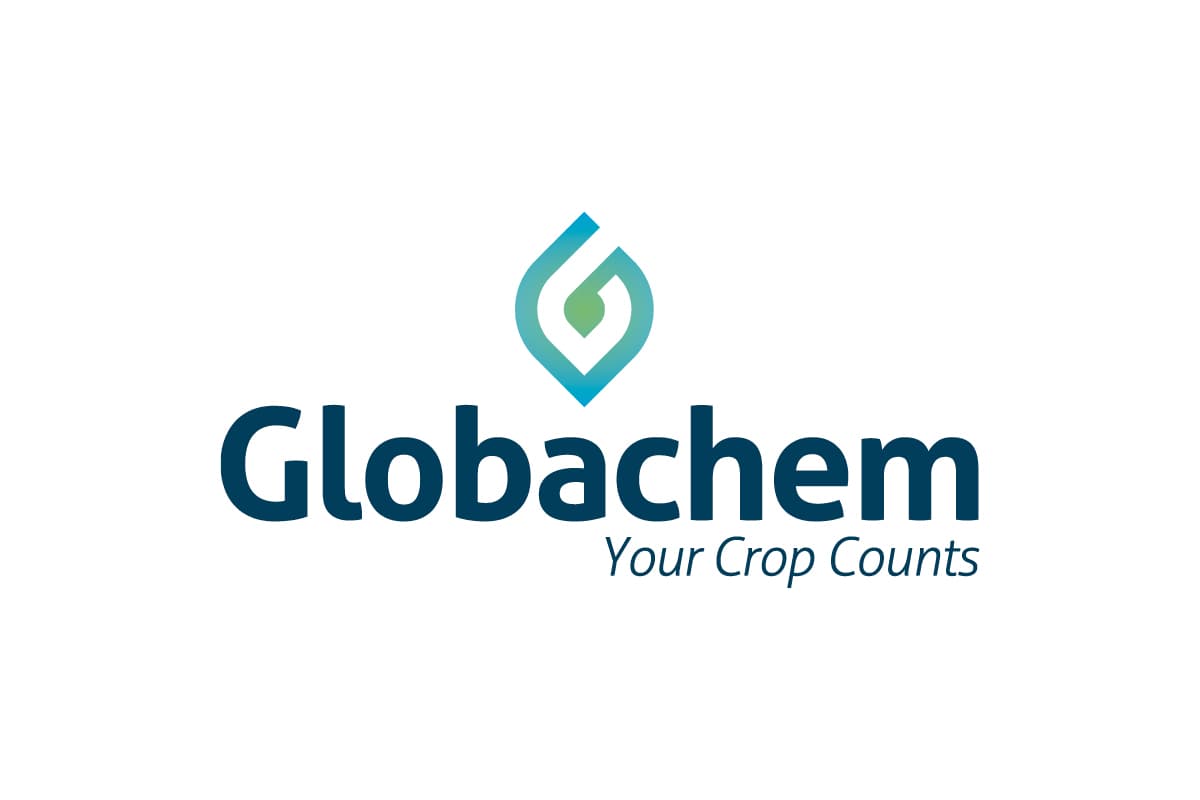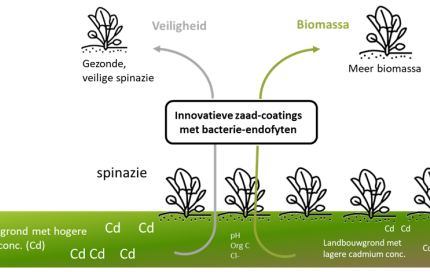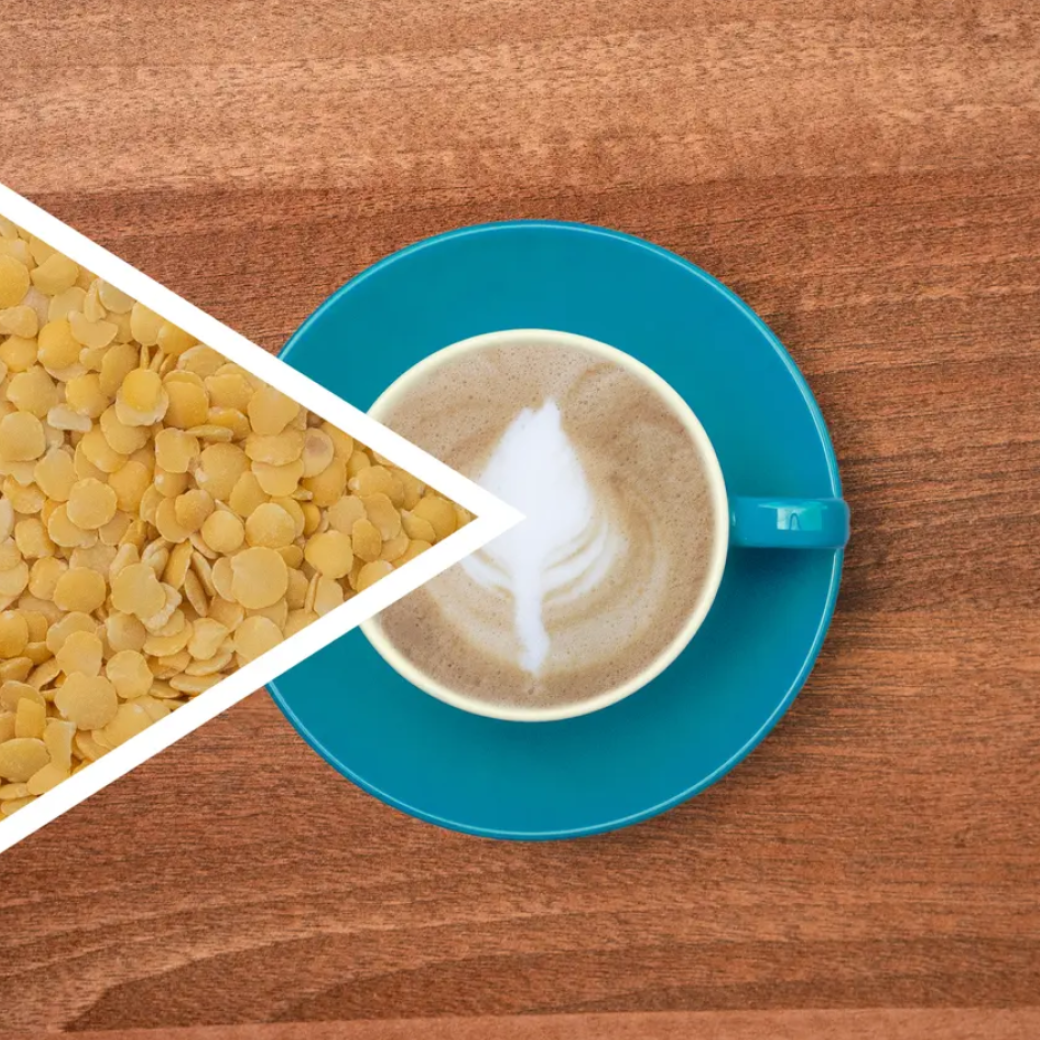Popeye
With support of:


The potential offered by plant endophytes and minerals for spinach yield and quality in a changing climate
Why this project?
Spinach is an important frozen vegetable for industrial processing and is grown regionally in Belgium. Every year, harvested batches of spinach are destroyed for slightly exceeding the standard of cadmium. This represents a major economic loss for farmers and industry and is a major waste of food. Innovative solutions with plant-associated microorganisms (plant endophytes), added via seed coating or directly on the leaf, or via mineral soil additives offer the possibility of reducing plant uptake of cadmium.
Methodology and results
Popeye was a cooperative research project (ICON type) involving three companies (Globachem, Ardo and J.T. Mineralen) and Hasselt University as a knowledge partner. The project ran from October 2019 to March 2024. A key focus was the issue of cadmium in spinach. Cadmium is a non-essential trace element that is sometimes elevated in soils because of the non-ferrous metal industry or through the use of certain phosphate fertilisers. Cadmium can be absorbed from the soil by some vegetable crops such as spinach. This project investigated how plant-associated microorganisms or minerals could reduce the uptake of cadmium by spinach.
Pot trials successful, high variability in field trials
To this end, various microorganisms and minerals were screened as possible solutions to the problem, first in the lab and in pot trials in the greenhouse. The best candidates underwent further tests in the field as agricultural solutions. Hasselt University investigated the mechanisms microorganisms use to produce a particular beneficial effect for the plant, in this case increased biomass and reduced uptake of cadmium. These insights can be further applied in the use of microorganisms as new biological stimulants for higher-quality crop yields, whether or not in combination with precision agriculture. Greater knowledge on the effect of mineral soil additives on crop yield and on cadmium uptake by spinach was also obtained.
Both plant endophytes and minerals certainly offer the potential to improve plant growth and reduce cadmium uptake, but the translation from pot to field was not straightforward. In the pot tests a lot of bacteria and minerals showed a positive effect, but this could not be demonstrated significantly in the field. Due to the high variability of the soil in the test fields and of the weather (especially the amount of rainfall and hours of sunshine) non-controllable factors need to be taken into account in the field. After all, plant stress is influenced by many factors. Sufficient irrigation and liming play an important role in reduced cadmium uptake by spinach in the field, but do not always prove to be the miracle solution. In any case, biological agents like bacteria will increase in importance in agriculture characterised by fewer and fewer chemical crop protection agents.
Kanaal Z report on Popeye
Project partners
- Globachem
- Ardo
- J.T. Minerals
- Hasselt University – Centre for Environmental Sciences, Research group Environmental Biology (CMKMB) under the supervision of prof. Jaco Vangronsveld and dr. Sofie Thijs
- Flanders’ FOOD








